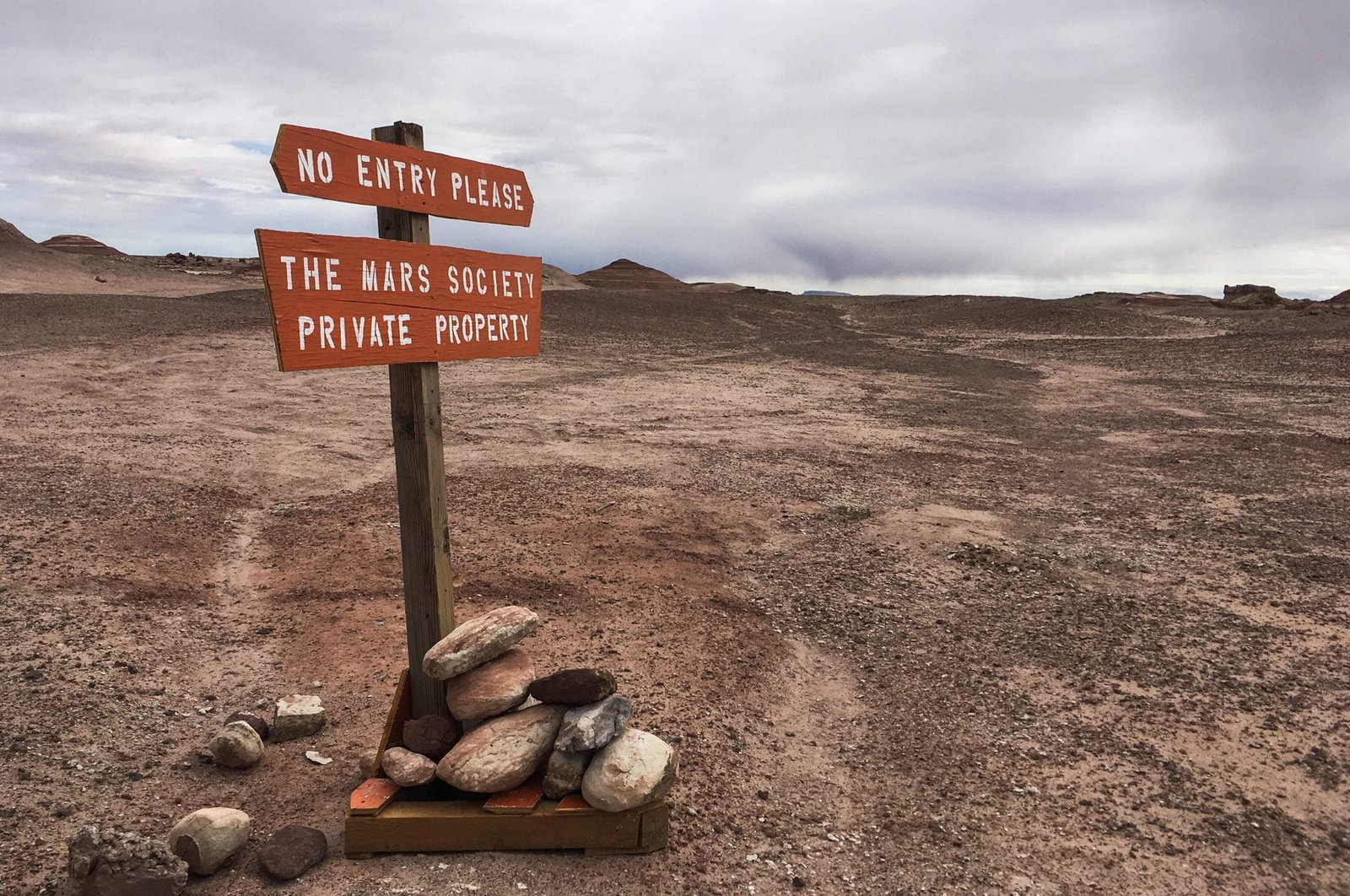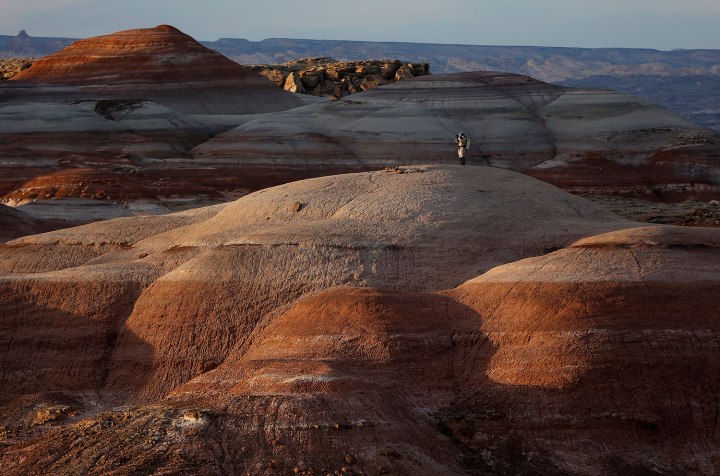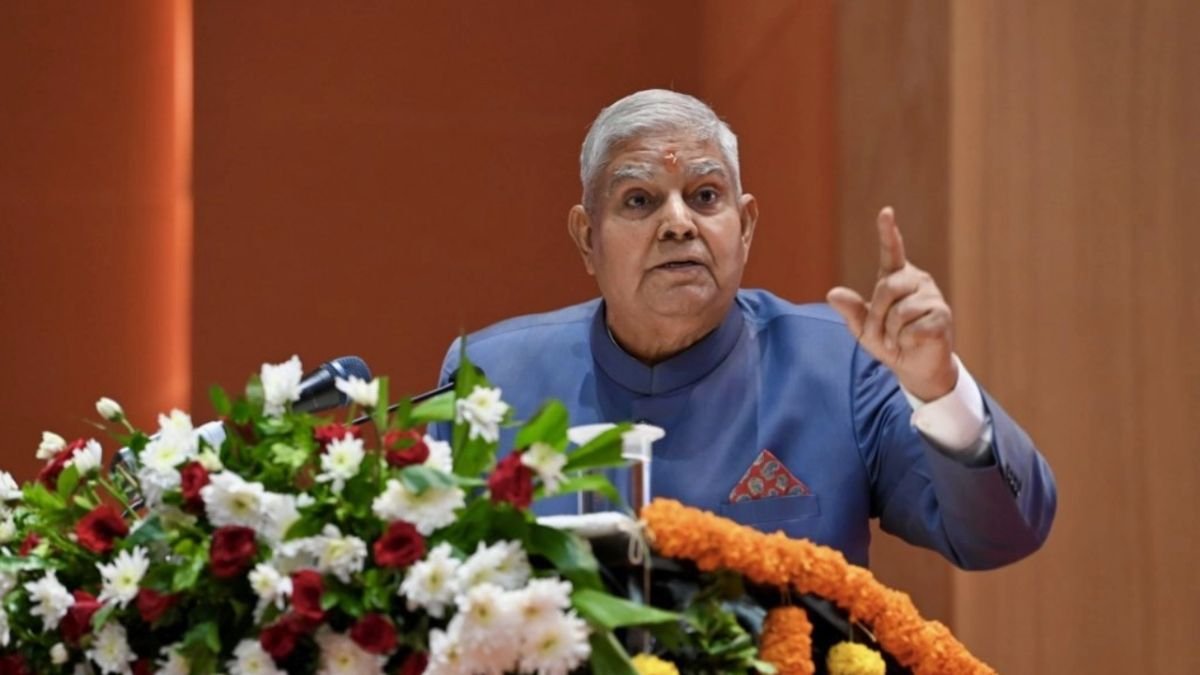Mars To Get Stimulated On The Green Planet Earth

HANKSVILLE, Utah— Hanksville The red cliffs west of Hanksville, Utah easily described as extraterrestrial. It is the perfect place to simulate a mission to Mars red planet.
CU Boulder graduate student Shayna Hume just stayed with five other astronauts for two weeks in the wilderness. She said the environment so closely resembled Mars that it was easy to come into character.
“
We’d check out the plateaux, the strata, the stunning red colours along the rock, “He said the 24-year-old. “And if I didn’t know anything better, I would say that this is Utah, one of us would stand very still and say Wow. It’s just beautiful.”
It is called an analogue mission by astronauts. Simulation of life in space while on Earth.
The Mars Desert Research Station, operated by the Mars Society, is a replica of space in Utah.
The task is to develop the technology, operations and science needed for the exploration of human space.
For its Mars-like territory, Southeast Utah has been chosen. In the first few days of the mission, Hume said there were even dust storms.
“It really seems like you’ll walk on another planet’s surface, “Hume said. Hume said. “It feels funny, in the most incredible way it feels empty.”

Mars Territory
The crew documented some of their social media mission under the Red Planet People management. They work on Instagram, Facebook and Twitter.
All the rest of the simulated two-week mission was all Mars, except for Earth’s gravity. From space trays to scientific experiments. There were no outside world contacts, no Netflix and food stores.
“There was really no time to breathe and relax, “Hume said, who was the group’s first officer. “It felt as though we were at work. We’ve had a complete list of things to do.”
During the pandemic, the analogue Mars habitat was shut down. It was the first crew over a year ago.
Hume said these simulations help people to prepare for space careers, but it helps the community of the astronauts know what works and what doesn’t in space life.
Living on Mars may still be far away, but the moon’s close, she said.
“I believe that we are going to live and work on the moon, 15 years from now, and I truly expect to work on how to improve that life,” she said.










